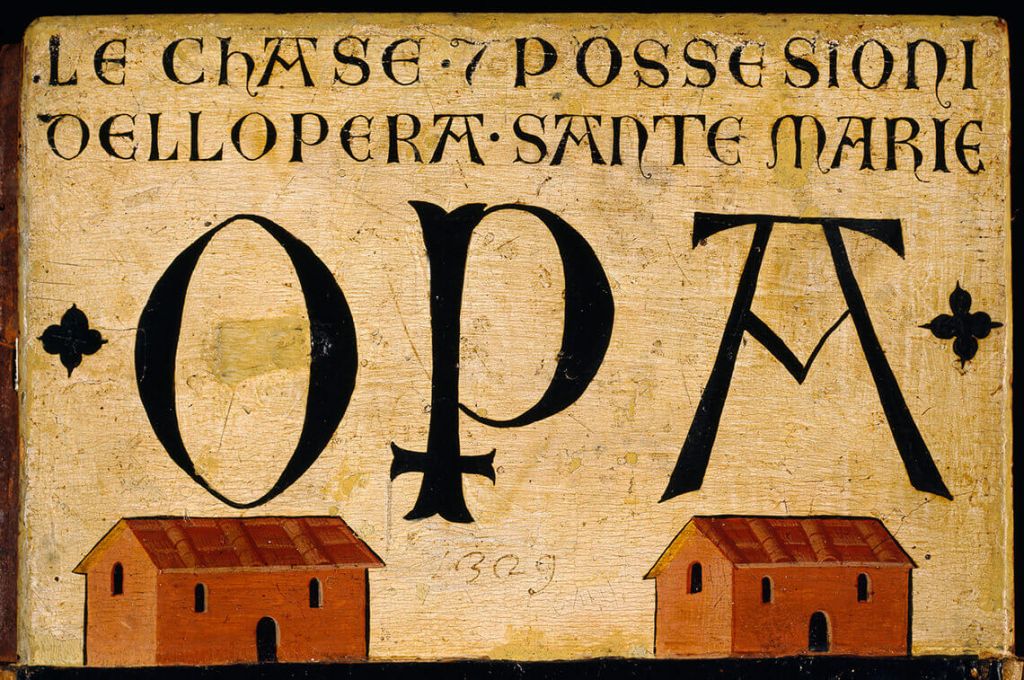Who we are
Siena Opera della Metropolitana
The Opera della Metropolitana di Siena is chiefly concerned with the care, management and promotion of the city’s Cathedral complex.
In institutional terms it is a Fabbriceria ONLUS (a not-for-profit trust tasked with caring for ecclesiastical property), it enjoys full legal status, and it is run by a Board of Directors, a Rector and a Secretary.
The Board comprises seven members, appointed for three years, two by the Diocesan Ordinary and five by the Interior Minister, after consulting the Archbishop. The Council elects the Rector from among its members. Il Consiglio elegge al suo interno il Rettore.
Board of Directors
Siena Opera della Metropolitana
April 2022- April 2025
Avv. Silvia Verdoliva
Dr. Alessandro Nacci
Prof. Massimo Bianchi
Avv. Elisabetta Ganetti
Avv. Andrea Marani
Dott.ssa Annapaola Porzio
Arch. Mauro Severi
| STATUTO |
|---|
| SCARICA PDF |
| MODELLO DI GESTIONE |
|---|
| SCARICA PDF |
| CONTRIBUTI STATALI |
|---|
| SCARICA PDF |
| RIMBORSI SPESE CONSIGLIERI |
|---|
| SCARICA PDF |
| BILANCIO SOCIALE OPA 2021 |
|---|
| SCARICA PDF |
History
The Opera della Metropolitana di Siena, which is known to have been active since at least 1190, is one of Italy’s – and indeed Europe’s – oldest institutions. By the middle of the 13th century it appears to have been well structured on the institutional level with an independent bureaucracy, a considerable amount of property and an administrative seat of its own. The administration was chaired by an Operaio, or “chief worker”, aided by a group of advisers and a clerk tasked with keeping the account books, although the clerk was replaced by a fully-fledged treasurer (the Camerlengo, or Chamberlain) in 1362. The structure and functions assigned to the Opera in the 14th century were radically reformed in 1545. The Operaio was replaced by a Rettore, or Rector, who was elected by the highest city authorities together with a council of nine Savi, or Wise Men, one of whom was selected from among the Cathedral’s own canons.
…since 1990
The 16th century regulations were to remain in force basically throughout the modern era, the only major change being that the Rector’s appointment became a prerogative of the Grand Duke of Tuscany. In the final decades of the 18th century the grand dukes changed the Opera’s setup several times before finally abolishing the office of the Wise Men and entrusting the Rector with full administrative responsibility, in conjunction with a budget officer who kept the Opera’s accounts and a chancellor who handled its bureaucratic affairs. After the unification of Italy in the 19th century, the Opera del Duomo di Siena became subject to the legislation of the new Italian state like every other Fabbriceria.



